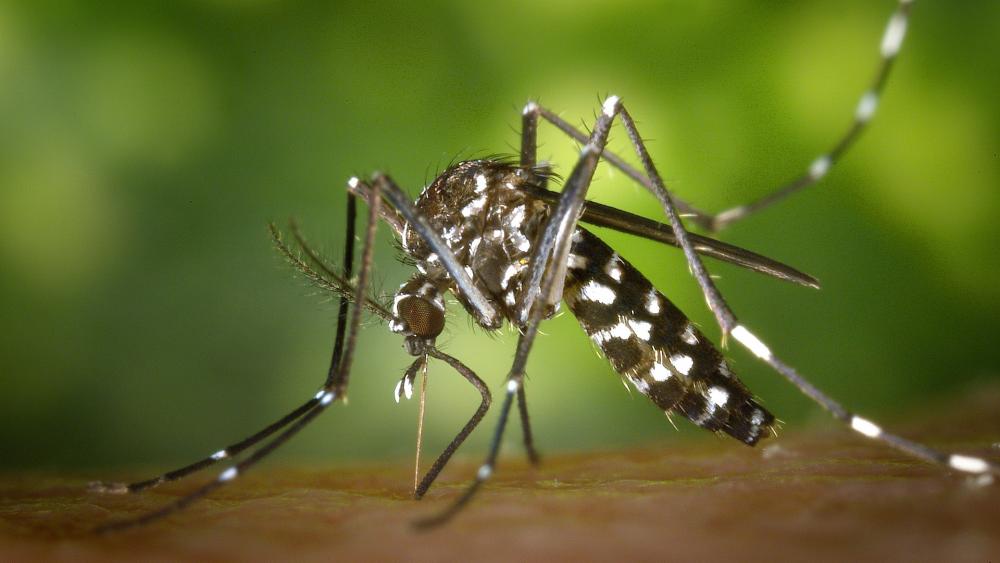
Originally only present in South East Asia, the tiger mosquito is now spreading diseases around the world. | Photo: Pixabay
A prominent example of such a "disturbing" species is the tiger mosquito (Aedes albopictus), which is originally from Southeast Asia. It spreads devastating diseases like dengue fever, and is therefore considered a significant threat to human well-being in many countries around the world. But not only diseases are problematic for humans: the cane toad (Rhinella marina) – originally introduced in Australia to control plant pests – got out of control and interfered with the indigenous culture. The appetite of the giant toad on small prey has brought the bush meat hunt, a tradition of the Australian aborigines, to a standstill.
Changed human habits as a source of information
The direct effects of invasive species on the living conditions and the well-being of people have so far received little attention, or they have been underestimated if they could not be assessed in monetarily. Under the direction of Professor Sven Bacher of the University of Freiburg (Switzerland), and with the participation of Jonathan Jeschke, Professor of Ecological Novelty at the Leibniz-Institute of Freshwater Ecology and Inland Fisheries (IGB) and Freie Universität Berlin, an international research team has developed a new socio-economic system for the classification of introduced species: Socio-economic impact classification of alien taxa, in short SEICAT. It classifies introduced species according to their impacts on people's lives. A 5-point scale measures the extent to which a specific activity or habit is restricted by an introduced species.
By focusing on changes in peoples’ activities, SEICAT also identifies those impacts of introduced species on human well-being, which would be overlooked by a purely economic system. The impacts on human well-being – from health, material assets and safety, to social and cultural relationships – are all measured in the same "currency" in SEICAT, thus allowing direct comparison and classification. In contrast to monetary measurement systems, SEICAT is not depending on large amounts of data and allows a ranking of invasive species in a relatively short time.
What's the point of such a ranking?
"Since fighting all introduced species is financially and logistically impossible, it is important to decide which species have to be combated with priority. Here, SEICAT can help as a tool for the comparison of introduced species," explains Jonathan Jeschke the relevance of the new ranking system. It should complement the already existing EICAT (Environmental Impact Assessment of Alien Taxa) system, which assesses the impact of introduced species on biodiversity. In combination, EICAT and SEICAT thus represent both, the ecological and socio-economic impact.





